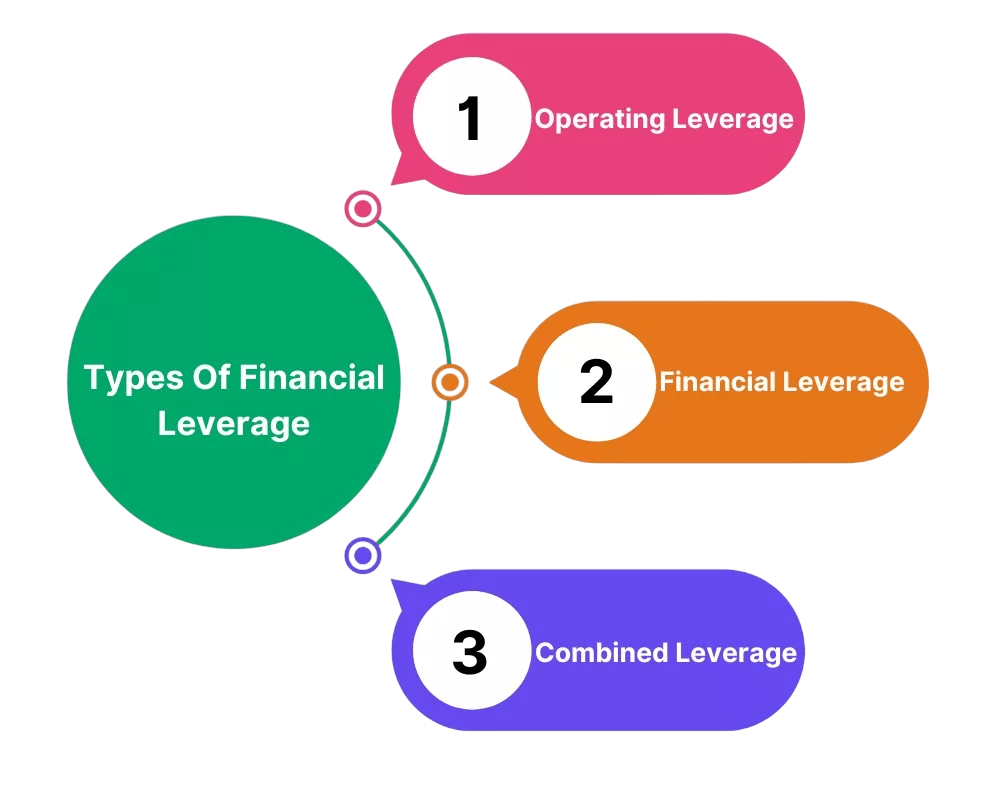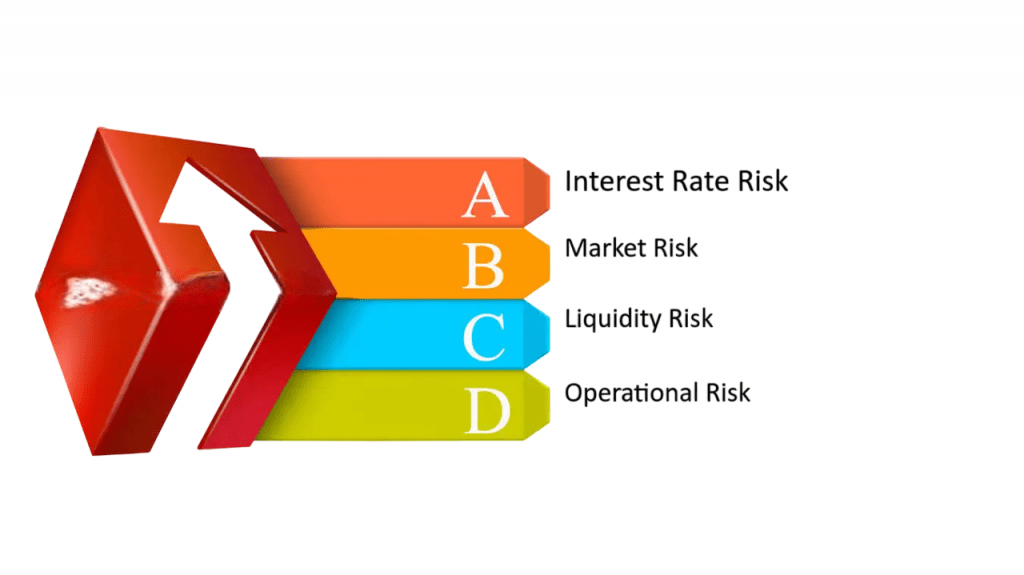
- Introduction to Financial Leverage
- Types of Leverage: Operating, Financial, and Combined
- How Leverage Works in Financial Markets
- Benefits of Using Leverage
- Risks Associated with Leverage
- Leverage Ratios and Their Interpretation
- Leverage in Stock Trading
- Leverage in Forex and Derivatives
- Conclusion: Leveraging Responsibly
Introduction to Financial Leverage
Leverage in the financial markets refers to the use of borrowed capital (debt) to increase the potential return on investment. It allows individuals and companies to amplify their purchasing power and potential gains by using other people’s money, usually sourced from financial institutions or market instruments. While leverage can magnify returns, it also increases the potential for significant losses, making it a powerful but risky financial tool. Understanding financial leverage is crucial for investors, business managers, Benefits of Using Leverage Stock Trading and financial analysts, as it affects decision-making in areas ranging from corporate finance to trading strategies. This guide will explore different types of leverage, how leverage functions across financial markets, Operating Leverage the advantages and pitfalls, and how to responsibly Leverage in the financial markets business managers in investment and business scenarios.
Do You Want to Learn More About Database? Get Info From Our Database Online Training Today!
Types of Leverage: Operating, Financial, and Combined
- Operating Leverage :Operating leverage measures the proportion of fixed costs in a company’s cost structure. A firm with high operating leverage uses more fixed costs relative to variable costs. As a result, changes in sales volumes cause a more than proportionate change in operating income (EBIT).
- Degree of Operating Leverage (DOL): Measures sensitivity of operating income to changes in sales.
- Financial Leverage: Financial leverage arises when a company uses debt to finance its operations. The more debt a company has, the higher the financial leverage.
- Degree of Financial Leverage (DFL): Measures the sensitivity of net income to changes in EBIT.
- Combined Leverage: Combined leverage takes into account both operating and financial leverage, showing the total risk a company faces in terms of both fixed operating costs and financial obligations.

Degree of Combined Leverage (DCL) = DOL × DFL
A high DCL can mean explosive growth or dramatic losses, business managers depending on business conditions.
How Leverage Works in Financial Markets
In financial markets, Leverage in the financial markets enables investors to control a larger position than their capital would otherwise permit. For instance, a trader using 10x leverage can control $10,000 worth of securities with just $1,000 in capital.
Leverage is offered in various forms:
- Margin Trading: Borrowing funds from a broker to buy more securities.
- Options and Futures: Derivatives that allow investors to control a large notional value with a small margin.
- Leveraged ETFs: Funds that aim to deliver multiples of the returns of a benchmark index.
Each form of leverage allows investors to amplify their exposure to market movements, which can increase both profits and losses.
Would You Like to Know More About Database? Sign Up For Our Database Online Training Now!
Benefits of Using Leverage
- Amplified Returns: Leverage increases the potential return on investment when the underlying asset performs well.
- Increased Capital Efficiency: Investors can free up capital for other investments while still maintaining large positions.
- Strategic Business Growth: Companies can undertake large projects without diluting ownership by issuing new equity.
- Tax Advantages: In many jurisdictions, interest payments on debt are tax-deductible, reducing taxable income.
- Access to Opportunities: Leverage enables investors and companies to take advantage of opportunities they could not afford with available capital.
Risks Associated with Leverage
- Magnified Losses: Just as leverage amplifies gains, it also magnifies losses, potentially leading to margin calls or insolvency.
- Increased Volatility: Higher leverage results in greater swings in net income or investment returns.
- Interest Rate Risk: Rising interest rates increase borrowing costs, which can hurt leveraged positions.
- Credit Risk: Excessive leverage can lead to a credit downgrade or default.
- Liquidity Risk: In adverse market conditions, it may be hard to meet debt obligations or close positions without incurring significant losses.

To Earn Your Database Certification, Gain Insights From Leading Blockchain Experts And Advance Your Career With ACTE’s Database Online Training Today!
Leverage Ratios and Their Interpretation
Debt-to-Equity Ratio (D/E) = Total Debt / Total Equity
- Indicates the proportion of debt used to finance the company’s assets.
- Measures the percentage of assets financed through debt.
- Indicates how easily a company can pay interest on its debt.
- Shows how much of a firm’s assets are financed by shareholders’ equity.
- Reflects fixed vs. variable cost structure impact.
Debt Ratio = Total Debt / Total Assets
Interest Coverage Ratio = EBIT / Interest Expense
Equity Multiplier = Total Assets / Total Equity
Operating Leverage Ratio = Contribution Margin / EBIT
These ratios help stakeholders assess a company’s financial stability and risk profile.
Leverage in Stock Trading
Stock traders often use margin accounts to Leverage in Stock Trading their positions. Brokerage firms allow clients to borrow money to buy securities, using the account’s assets as collateral.
- Initial Margin: The percentage of the purchase price the investor must provide.
- Maintenance Margin: The minimum account value required to avoid a margin call. Example:
- Forex brokers offer leverage ratios ranging from 10:1 to 500:1.
- A 100:1 leverage allows you to control $100,000 with just $1,000.
- Options allow traders to pay a premium for the right (but not obligation) to buy/sell an asset.
- Futures contracts require an initial margin, exposing traders to both upside and downside risk beyond the initial deposit.Leverage in Forex and Derivatives
If you want to buy $20,000 worth of Stock Trading but only have $10,000, you use 2:1 leverage. If the stock rises 10%, your profit is 20% ($2,000 on $10,000 equity). If the stock drops 10%, your loss is also 20%. Leverage thus increases potential outcomes in either direction.
Preparing for a Database Job? Have a Look at Our Blog on Database Interview Questions and Answers To Ace Your Interview!
Leverage in Forex and Derivatives
Leverage is widely used in forex trading due to the relatively small daily price movements.
In derivatives:
These markets require strict risk controls due to the high leverage involved.
Conclusion: Leveraging Responsibly
Leverage in the financial markets is a double-edged sword. When used strategically, it enhances returns, facilitates growth, and improves capital efficiency. However, misuse or overuse of leverage can result in devastating losses, both at the individual and institutional levels. A deep understanding of Leverage in Stock Trading, business managers’ awareness of associated risks,Benefits of Using Leverage, prudent risk management, and adherence to regulatory guidelines are essential for anyone looking to harness its power. Whether in corporate finance or trading, Stock Trading leverage should be used responsibly, with a clear exit strategy and continuous performance monitoring. Ultimately, the responsible use of Leverage in Stock Trading separates the astute investor or business managers from the reckless speculator.




